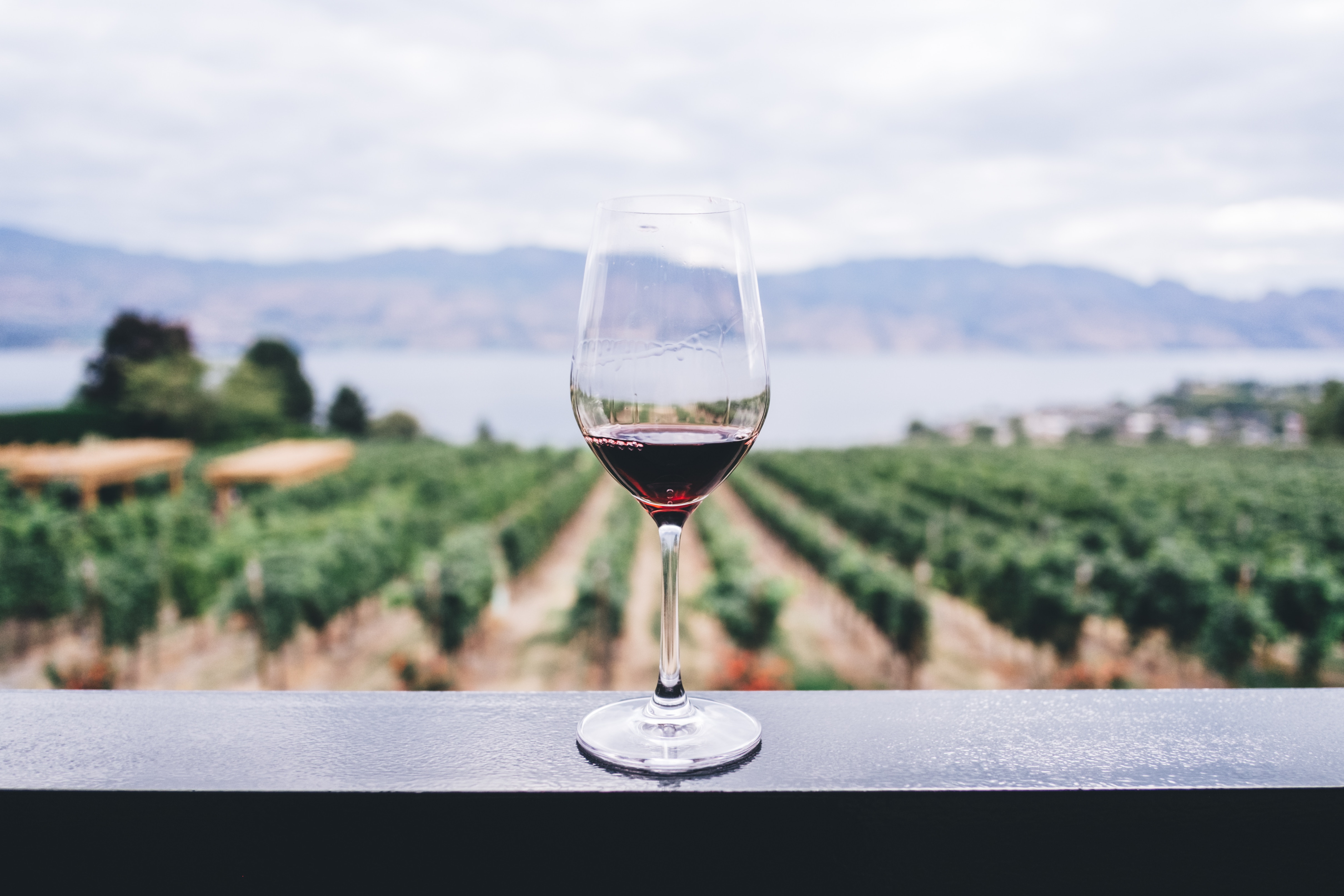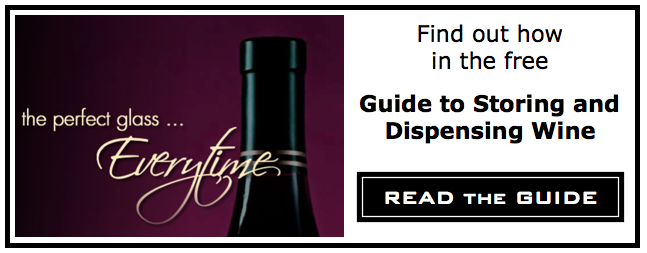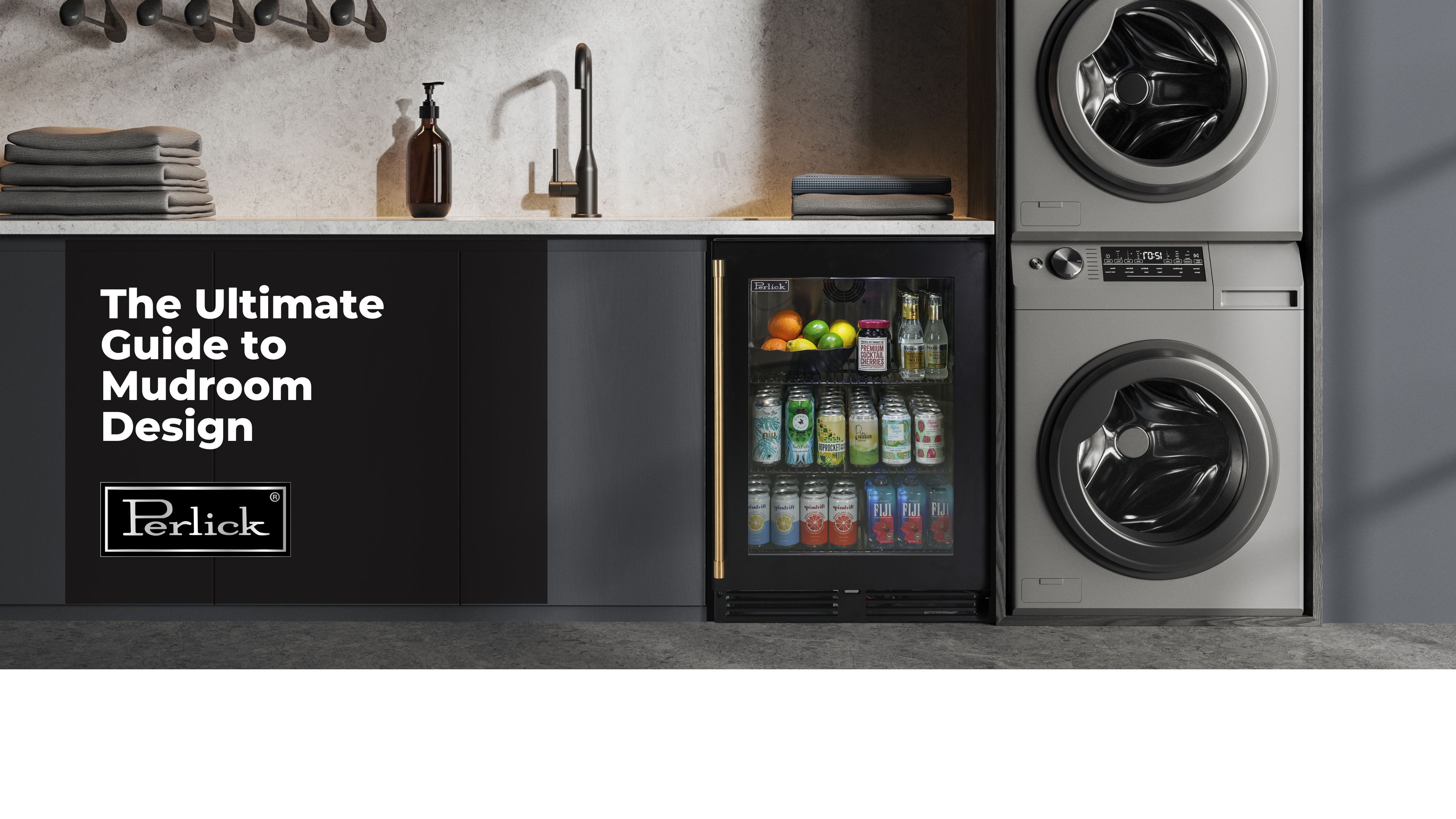When it comes to alcoholic beverages, few products have as deep a pedigree as wine. In fact, wine has come to be more or less synonymous with the entire notion of connoisseurship. Yet the world of wine can accommodate a wide range of interest levels, including both those with vast wine collections and those who just enjoy an occasional glass at a restaurant or bar.
The world of wine is also subject to numerous trends, especially among those who are relatively new to wine drinking. The more alcohol vendors understand these trends, the more they can capitalize on the changing desires of consumers. Here are a few of the wine trends and preferences we're seeing as we head into the summer of 2019:
1. New Varietals
Every year, it seems like wine enthusiasts turn their attention to a new varietal. Remember a few years ago, when everybody was raving about Pinot Noir? How about the huge surge enjoyed by rosé? Well, this year's equivalent trend comes in the form of "amber" and "orange" wines.
These two terms are basically synonymous and often identify wines originating from Central and Eastern European locations like Slovenia and Georgia. Believe it or not, Georgia has one of the oldest wine traditions in the entire world. Recent archaeological evidence shows that wine was being cultivated as far back as 8,000 years ago.
Amber wines are white wines made using red wine techniques. In other words, amber wines are aged and fermented on the grape skins, whereas traditional white wines are made by removing the skins before fermentation. Leaving the skins on gives the resulting wine a fuller, richer body that allows it to stand up to heartier dishes.
2. Budget Buys
Traditionally, the world of wine was inhabited largely by older adults who didn't mind spending more per bottle. Today, however, as millennials begin to take an interest in wine, a new emphasis is being placed on affordable wines. In fact, a whopping 80 percent of wine drinkers claim that price is the most important factor in purchasing wine.
Fortunately, today's wines are more diversified than ever, meaning you can enjoy a highly palatable bottle for less than $20. Even more surprisingly, there are many surprisingly good wines priced at $12 or less. Many producers are now offering quality wines in aluminum cans — a disruptive move meant to offset the higher costs of glass bottles.
Another great way to find excellent wines at lower price points is to move your focus away from traditional wine-producing regions. Pinot Noirs from the Pacific Northwest can easily compete with their more expensive French counterparts. Meanwhile, white wines from Chile have proved to be an affordable and high-quality choice.
3. Natural Wines
Health- and environmentally-conscious consumers are increasingly gravitating toward natural wines. A natural wine has two key characteristics. First, the wine is farmed organically, without the use of pesticides or other chemical agents. Second, the wine producer does use any additives during the later stages of the wine-making process.
Natural wines tend to have fresher, lighter, and more appealing tastes than the conventionally produced alternatives. Just as importantly, natural wines offer a more sustainable model, meaning consumers can feel good about choosing a wine that minimizes its negative impact on the environment.








